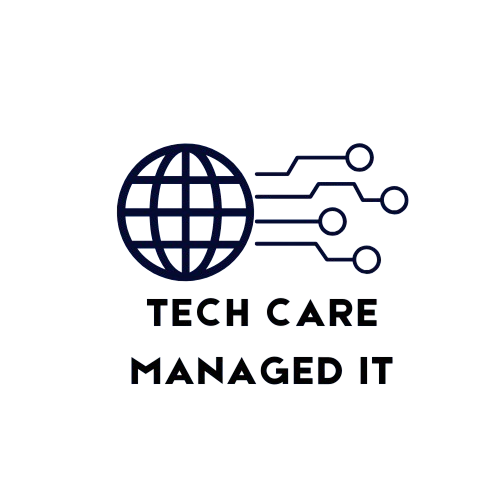IT Project Management focuses on guiding technology-related projects from concept to completion. As digital innovation continues to accelerate, the importance of managing tech initiatives efficiently has grown significantly. This field ensures that tech deliverables are aligned with wider business goals while keeping to strict budgets, timelines, and quality standards.
Core Elements of IT Project Management
The effectiveness of IT Project Management lies in a structured process covering initiation, planning, execution, tracking, and closure. At the start, project objectives are set, stakeholders identified, and the project’s viability is assessed. Planning involves organising timelines, distributing resources, and outlining key outputs. Execution is the hands-on phase, supported by continuous tracking to ensure objectives are being met. At the end, results are reviewed and insights are recorded. Each stage is essential to managing risks and achieving the desired outcomes.
Methodologies That Shape IT Project Management
A variety of frameworks exist to support different types of IT projects. The Waterfall model follows a fixed, step-by-step format, ideal when project requirements are clear from the beginning. Agile offers a flexible alternative, using frequent iterations and feedback loops to adapt to change. Within Agile, Scrum promotes fast-paced collaboration, while Kanban supports visual task management. A hybrid model blends Agile’s flexibility with Waterfall’s structure, useful for teams seeking both order and adaptability. Selecting a method should reflect the team structure, project scale, and required flexibility.
Tools That Drive Project Success
Productivity in IT Project Management is often determined by the tools used to manage workflow, keep teams in sync, and track progress. Platforms such as Trello, Jira, and Asana enable teams to collaborate visually and assign responsibilities. Microsoft Project is another option for more detailed scheduling and resource planning. These tools complement various methodologies, whether it’s Agile sprints or traditional Gantt charts. The best tool is one that fits both the complexity of the task and the team’s way of working.
Roles That Define IT Project Management
Clarity in roles is key to any successful IT project. The Project Manager is central, managing resources, timeframes, and quality assurance. Supporting roles typically include software engineers, QA testers, analysts, and key stakeholders. Unlike general project managers, those in IT require a deeper understanding of systems and technology. Strong communication, strategic planning, and technical insight are necessary to align expectations and deliver outcomes effectively.
Common Issues Faced in IT Project Management
Even with a solid framework, IT projects can face several hurdles. A frequent problem is scope creep—where additional features are added without adjusting resources or deadlines. Miscommunication between business and technical teams can also delay progress. Another challenge is technical debt, which emerges when short-term fixes compromise long-term stability. Financial constraints and staffing limitations often add further complications. These problems can be managed with proactive planning, clear communication, and responsive leadership.
Proven Practices for IT Project Success
To improve the odds of success, IT Project Managers follow several proven approaches. Defining clear goals and maintaining thorough records improves tracking and clarity. Routine updates and stakeholder meetings encourage involvement and minimise surprises. KPIs and data analysis offer transparency and help guide decisions. Encouraging professional growth within the team also helps maintain a competitive edge. These habits build a strong foundation for efficient and sustainable project delivery.
Success Stories in IT Project Management
Real-world examples illustrate how strategic project management can yield significant results. A major online retailer adopted Agile methods to roll out a platform upgrade quickly, relying on Jira and daily team check-ins to keep tasks on track. In another case, a hospital successfully migrated to a digital medical records system thanks to robust project planning and stakeholder collaboration. These examples highlight how detailed planning, open communication, and a flexible mindset contribute to project success.
What’s Next for IT Project Management?
As digital tools evolve, so does IT Project Management. Artificial intelligence is being introduced to automate task assignments and analyse potential project risks. The growing trend of remote work has made cloud-based tools essential for dispersed teams. There’s also a greater focus on continuous delivery and integrating development with operations (DevOps), which increases speed and efficiency. Staying informed about these developments is key for professionals looking to maintain a competitive edge.
The Increasing Value of IT Project Management
As industries continue to embrace digital transformation, the role of IT Project Management becomes increasingly critical. Each phase—from early planning to project closure—plays a role in achieving the desired results. The right tools, techniques, and habits help teams tackle problems and deliver real business value. Organisations that invest in developing these capabilities will be better equipped to handle rapid change and drive long-term success.











